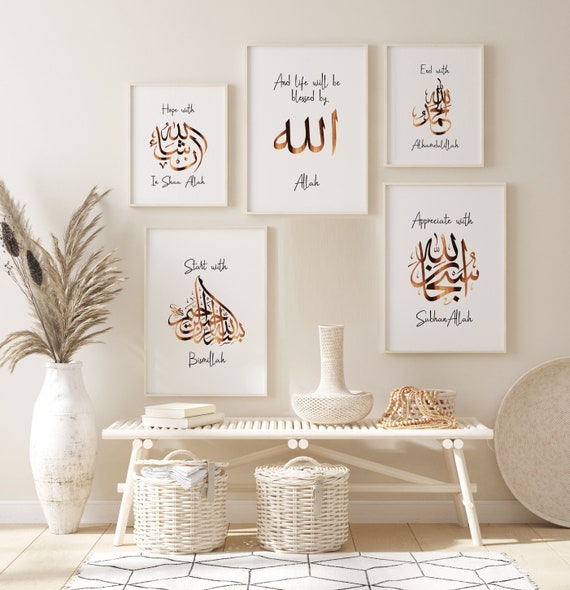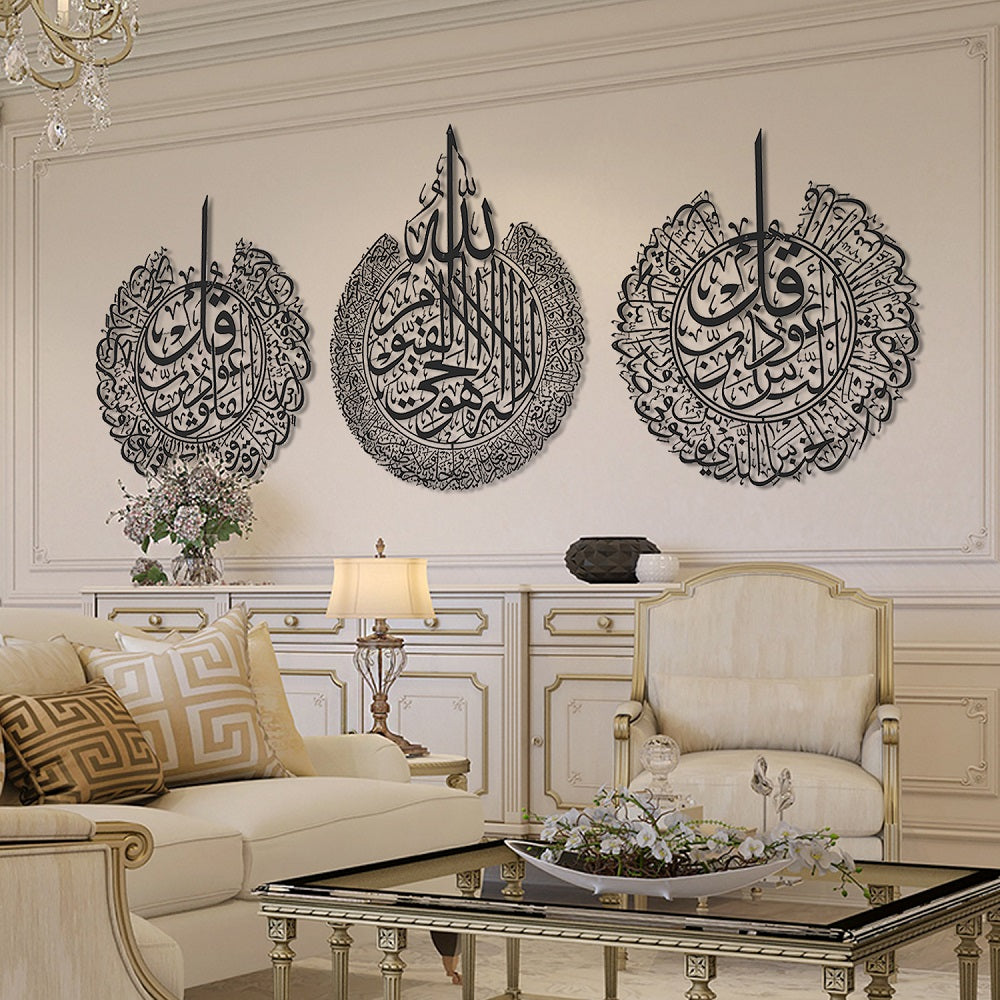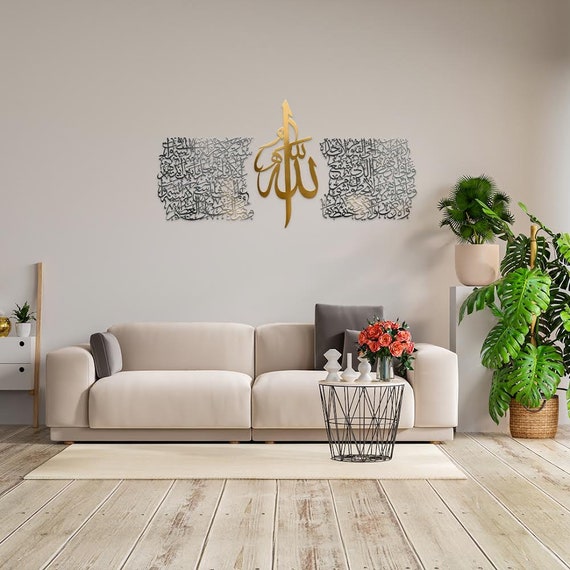Introduction
Welcome to the world of Islamic home decor—a realm where tradition meets modernity and spirituality intertwines with aesthetic appeal. As someone who has immersed herself in this beautiful style, I understand the importance of creating a home that resonates with our values and heritage.
In this article, we’ll explore the key elements of Islamic home decor, tips for integrating these elements into your living space, and much more. Whether you’re looking to completely overhaul your home or simply add subtle touches, this guide is for you.
What is Islamic Home Decor?
Islamic home decor encompasses a wide range of styles, influenced by rich cultural traditions and historical contexts. It often features intricate designs, vibrant colors, and a balance of functionality and spirituality.
Key Characteristics of Islamic Decor
- Geometric Patterns: These are a hallmark of Islamic art, symbolizing the infinite nature of Allah.
- Calligraphy: Arabic calligraphy is often incorporated into design, showcasing verses from the Qur’an.
- Natural Materials: Wood, stone, and textiles are commonly used to create a warm and inviting atmosphere.
- Light and Space: Islamic decor emphasizes natural light and open spaces to create a serene environment.
Elements of Islamic Home Decor
Color Palette
The color palette in Islamic decor is often vibrant yet earthy. Rich jewel tones like emerald green, ruby red, and deep blue are commonly used, often paired with neutral shades to balance the intensity.
Furniture and Layout
Islamic furniture typically features low seating arrangements, ornate woodwork, and plush cushions. The layout encourages conversation and comfort.
Textiles
Fabrics play a crucial role in Islamic decor. Look for patterns that reflect cultural motifs—such as paisley and floral designs—and use them in curtains, cushions, and rugs.
Lighting
Lighting is essential in creating a warm ambiance. Lanterns, chandeliers, and wall sconces in intricate designs can be focal points in any room.

Decorative Items
Integrate decorative items like ceramics, brassware, and wall art that reflect Islamic culture. These pieces often tell a story of heritage and artistry.
How to Incorporate Islamic Home Decor
1. Start with a Focal Point
Choose a standout feature in your room, such as a beautiful piece of art or a decorative wall panel, and build your decor around it.

2. Mix and Match Patterns
Don’t be afraid to combine different patterns—geometric with floral, for example. The key is to maintain a balance so that the space doesn’t feel chaotic.
3. Use Natural Elements
Incorporate plants and natural wood elements into your design. They bring life to the decor while complementing the spiritual essence.

4. Create Cozy Spaces
Designating areas for relaxation, like a nook with cushions and a low table, allows for intimate gatherings and moments of reflection.
Pros and Cons of Islamic Home Decor
| Pros | Cons |
|---|---|
| Rich cultural heritage | Can be overwhelming if overdone |
| Unique patterns and textures | Requires maintenance to keep textiles vibrant |
| Encourages a sense of peace and spirituality | Specific styles may not appeal to everyone |

Islamic Home Decor vs. Other Styles
| Feature | Islamic Decor | Contemporary Decor |
|---|---|---|
| Patterns | Geometric, floral, and calligraphy | Minimalistic, abstract |
| Materials | Natural: wood, stone, textiles | Varied: synthetic and natural |
| Color Schemes | Bold jewel tones and earthy neutrals | Monochromatic or limited palettes |
Personal Insights: My Journey with Islamic Home Decor
As someone who grew up surrounded by the beauty of Islamic art, my journey into Islamic home decor was a natural evolution. I remember visiting my grandmother’s house, where elegant lanterns hung from the ceiling and intricate mosaics adorned the walls. Those memories inspired me to create a space that honors my heritage while also reflecting my personal style.
Creating My Home Sanctuary
When I moved into my own place, I wanted it to be a sanctuary. I started by painting the walls in a calming cream color, then introduced vibrant textiles and patterns that reflected Islamic art. Each piece I chose held a story, a connection to my roots, creating a home that felt not just stylish, but meaningful.

Frequently Asked Questions
What materials are best for Islamic home decor?
Natural materials such as wood, stone, and high-quality textiles are ideal for creating an authentic Islamic decor atmosphere.
Can I combine Islamic decor with modern styles?
Absolutely! Many people find success in blending Islamic elements with contemporary styles for a unique and personal touch.

How can I incorporate calligraphy into my home decor?
Consider wall art, decorative plates, or cushions featuring calligraphic designs. These pieces serve as both decor and inspiration.